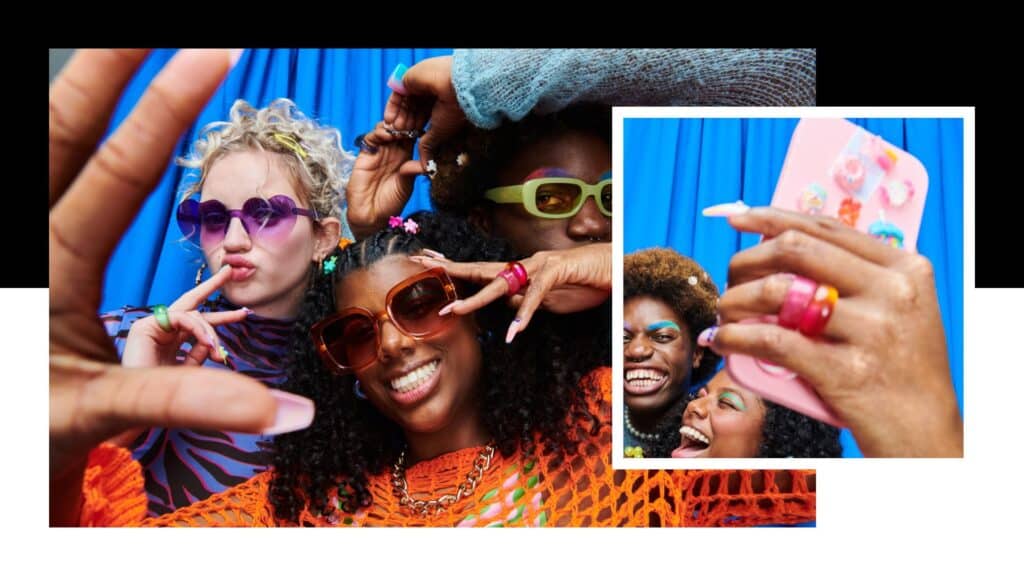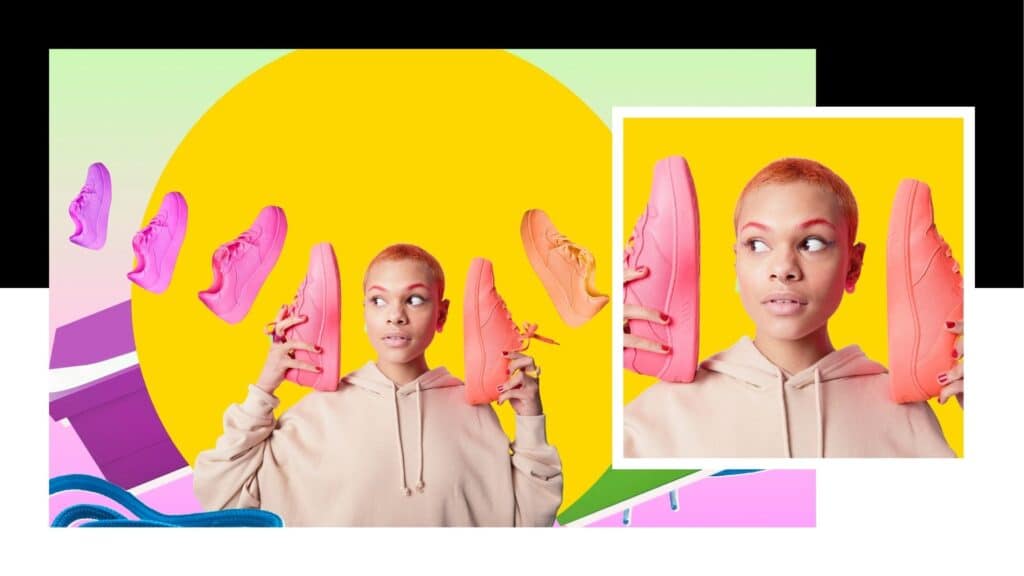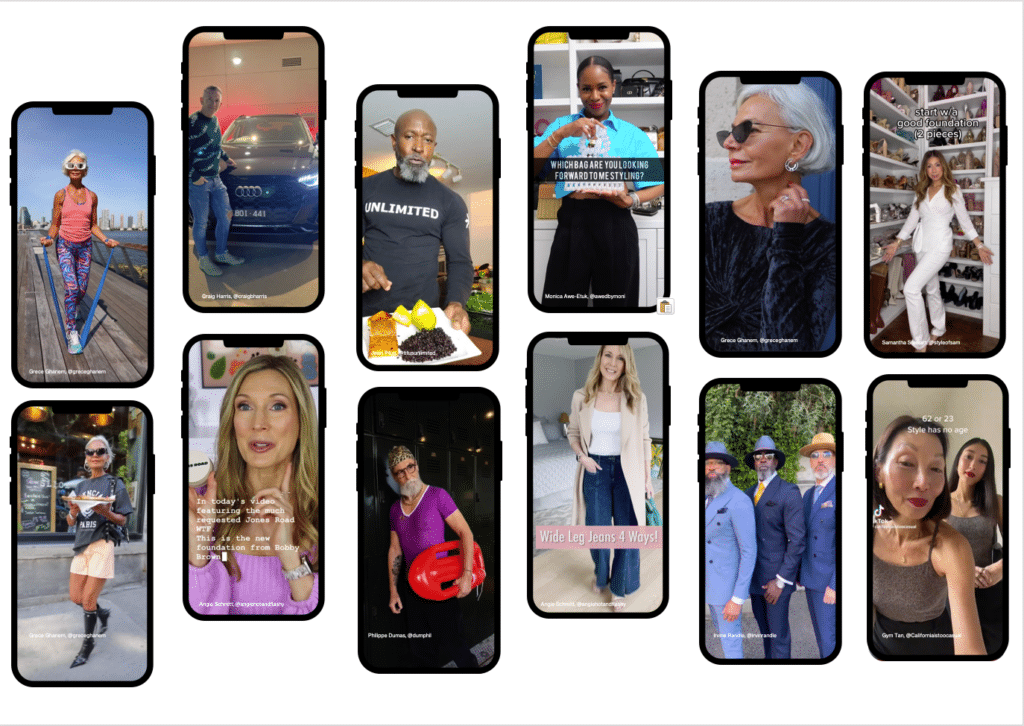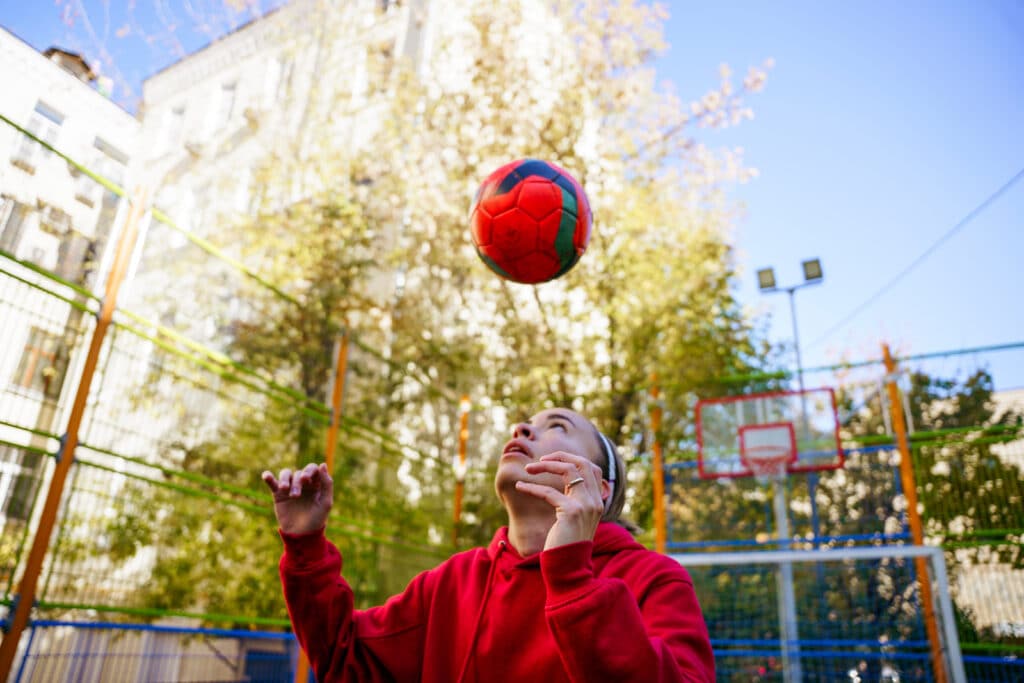Our industry is obsessed with youth. Brands fight over the millennial and Gen Z dollar, investing in R&D and communication to capture share of these audiences. While these are large groups, as birth rates decline it’s less and less easy to secure growth from them.
Today there are 962M people aged over 60 in the world; by 2050 that number will have doubled to over 2BN1. At this point the UN estimates that there will be more over 60s than those between the ages of 10 and 24.
Our observation is that despite these facts being well known, brands are slow to react. Even within categories highly populated by older people (for example the cruise sector), marketing dollars target younger audiences. We believe brands need to act now in order to build their propositions and get in on the ground floor of this population growth.
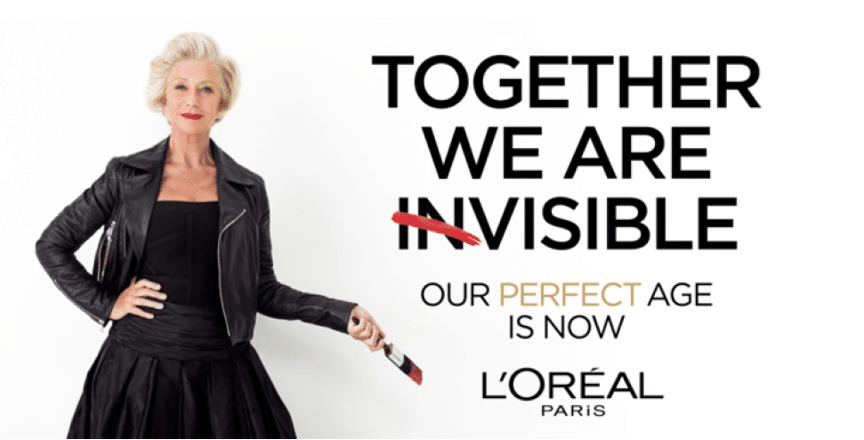
L’Oréal, a Wavemaker client in 23 markets, is one of the few mainstream brands taking the lead. With targeted communication and a rallying cry ‘Together we are invisible. Our perfect age is now’, it has a bespoke approach to seniors.
In China brands are still very far behind, despite a huge ageing population (by 2050 over 60s will account for one in three people in China2). In fact the percentage of the population over 60 in China will double by 2030, making this an urgent issue for brands.

We’ve found that the senior generation want to be seen and to be respected. They see themselves as vital members of society with the same human goals and needs. They feel that brands often neglect, undervalue and talk down to them.

Above: MIT REVIEW satirizes stereotypical labels attached to seniors
Many marketers are still seeing senior consumers as ‘elderly people’, cared for and guided by others. In China, a lot of marketing to this group still focuses on seniors’ children, gifting and guiding their choices. Senior consumers are often excluded from market research, contributing to this issue. This has led to a huge amount of untapped demand, with little supply to attract this market.
Simply, brands are ignoring seniors and not meeting their needs.
This creates a huge opportunity. It’s increasingly easy for brands to understand and target the over-60s as they increasingly embrace digital channels. In the pandemic, many more seniors have started buying online, leading to an explosion in interest and the ability for brands to track their digital behavior.
- During the pandemic, JD, China’s second-largest ecommerce platform, realized that senior consumers consumed 51%+ cosmetics over the same period last year.
- On Alibaba-owned Alipay, the leading online payment and finance platform in China, the number of elderly users in has doubled 4.5 times over the past 3 years.
- 36.7% of the users on Meituan, China’s largest online-to-offline platforms providing food delivery, travel, entertainment services, were born in the 1960s.
To truly uncover senior consumers’ needs, the first step is breaking down our own prejudice. We need to invest in understanding this demographic, as much as we invest in insights and research into Gen Z. This will enable us to power R&D, brand and communication strategies to tap into this fast-growing market. At Wavemaker we’ve been researching seniors to support brands as they tailor their growth strategies to this audience.
We used an ethnographic approach (in-home visits and immersion) with 30 senior consumers across generations and regions, surveyed a further 2,000 people, and extrapolated the findings to the 125-million urban senior population, as well as interviewing 35 companies from multiple industries to explore the market opportunities.
Seniors want to be seen; we need to open our eyes to them, and we need to do it now.
You can read the full four-part report into seniors in China below, and please contact [email protected] with any questions.
- Chapter 1: The hidden treasure
- Chapter 2: The hidden value
- Chapter 3: Unlocking the silver economy
- Chapter 4: Sharing perspectives from experts across industries
Footnotes
1 Source: World Population Ageing 2017, United Nations
2 Source: Population Ageing Handbook, China National Committee on Ageing 全国老龄工作委员会办公室《人口老龄化国情教育知识读本》

